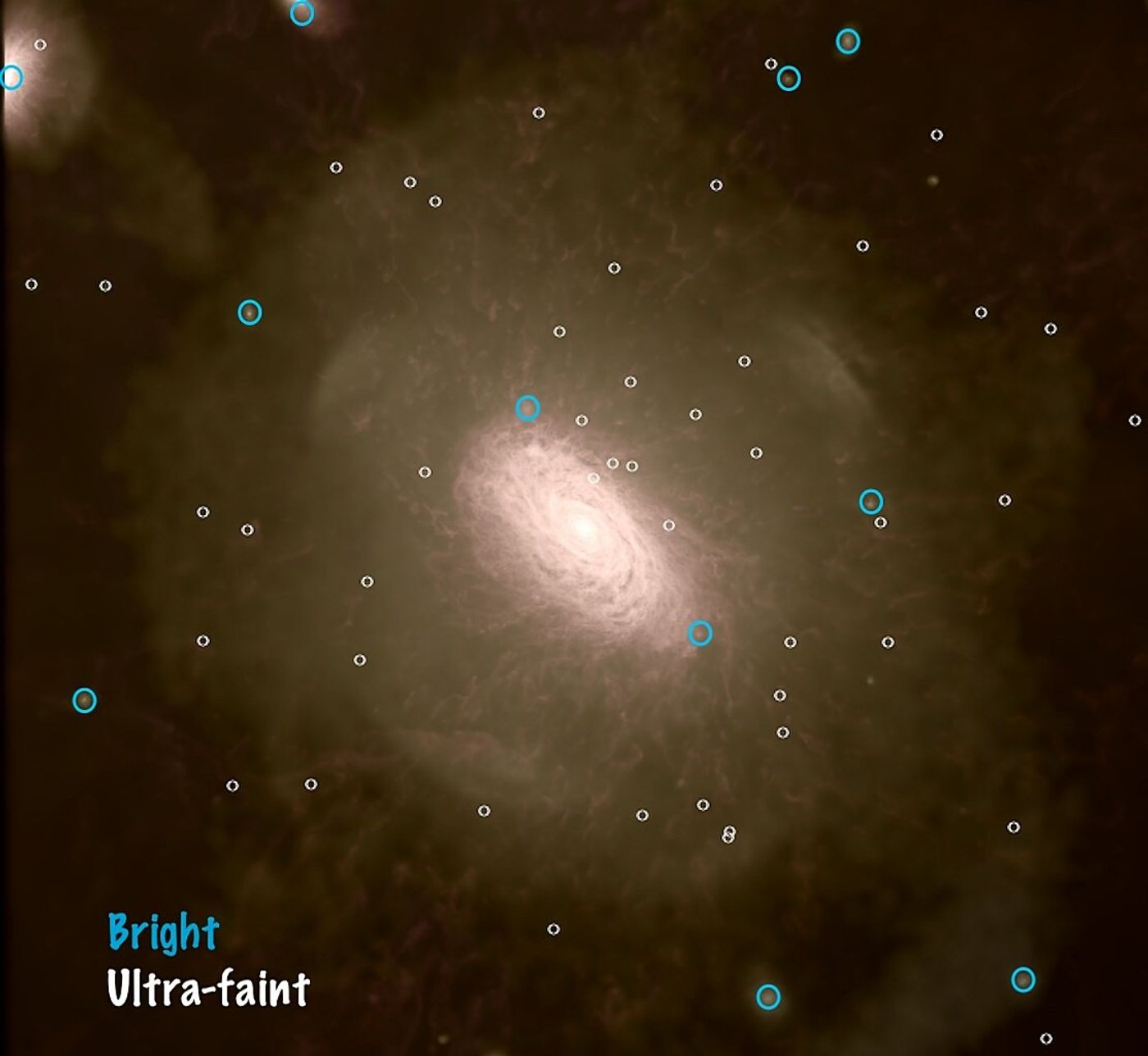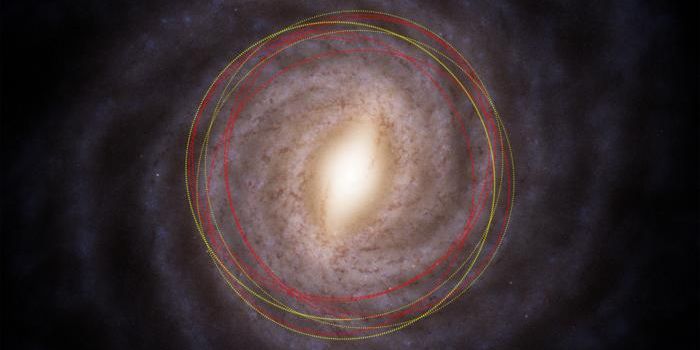These Are Some of the Oldest Galaxies in the Universe, Astronomers Say
While exploring the depths of the universe, astronomers from Durham University’s Institute for Computational Cosmology and the Harvard-Smithsonian Center for Astrophysics have allegedly identified what are now being billed as some of the earliest-known galaxies ever discovered.
As you might come to expect, these early galaxies are rather faint; but they also orbit our very own Milky Way as satellite galaxies. The findings have been published in The Astronomical Journal.
Image Credit: Institute for Computational Cosmology, Durham University, UK / Heidelberg Institute for Theoretical Studies, Germany / Max Planck Institute for Astrophysics, Germany
Read more at: https://phys.org/news/2018-08-astronomers-oldest-galaxies-universe.html#jCp
Read more at: https://phys.org/news/2018-08-astronomers-oldest-galaxies-universe.html#jCp
Read more at: https://phys.org/news/2018-08-astronomers-oldest-galaxies-universe.html#jCp
Read more at: https://phys.org/news/2018-08-astronomers-oldest-galaxies-universe.html#jCp
The astronomers report finding two populations of faint satellite galaxies in total. They include Bootes I, Segue-1, Tucana II, and Ursa Major I, to name a few. Each of these is thought to be more than 13 billion years old.
Given the timeframe, these galaxies would have bloomed into existence just before or during a critical chapter in the universe’s lifespan known to science as the ‘cosmic dark ages.’ During this time, there weren’t many stars or galaxies in the universe to speak of; of course, that all changed quite a while afterward.
“Finding some of the very first galaxies that formed in our Universe orbiting in the Milky Way's own backyard is the astronomical equivalent of finding the remains of the first humans that inhabited the Earth,” said Professor Carlos Frenk, a co-author of the study. “It is hugely exciting.”
Related: Meet the most distant radio galaxy ever discovered
The astronomers validated their findings by cross-referencing them with galaxy formation computer models. Astonishingly, everything matched up like it was meant to be, and this allowed the researchers to put an accurate time stamp on when the galaxies had formed.
“Our finding supports the current model for the evolution of our Universe, the 'Lambda-cold-dark-matter model' in which the elementary particles that make up the dark matter drive cosmic evolution,” Frenk continued.
“A nice aspect of this work is that it highlights the complementarity between the predictions of a theoretical model and real data,” added Dr. Sownak Bose, the study’s lead author.
“A decade ago, the faintest galaxies in the vicinity of the Milky Way would have gone under the radar. With the increasing sensitivity of present and future galaxy censuses, a whole new trove of the tiniest galaxies has come into the light, allowing us to test theoretical models in new regimes.”
Related: Hubble & gravitational lensing reveal the secrets about a distant 'dead' disk galaxy
Researchers will undoubtedly continue searching the cosmos for galaxies that pre-date even those identified in this study. Understanding the formation of galaxies in the early universe can help answer complex questions, such as how everything we know today came into existence.
Source: Phys.org, The Astronomical Journal









